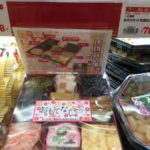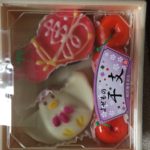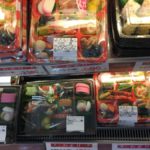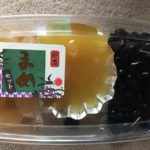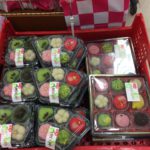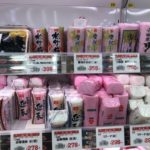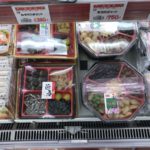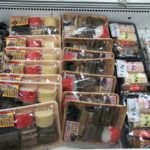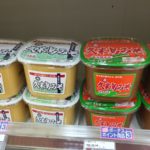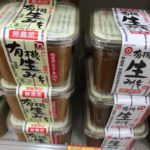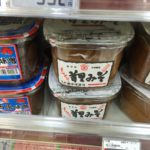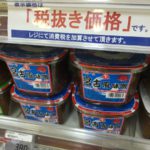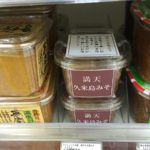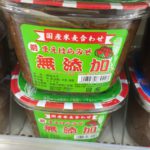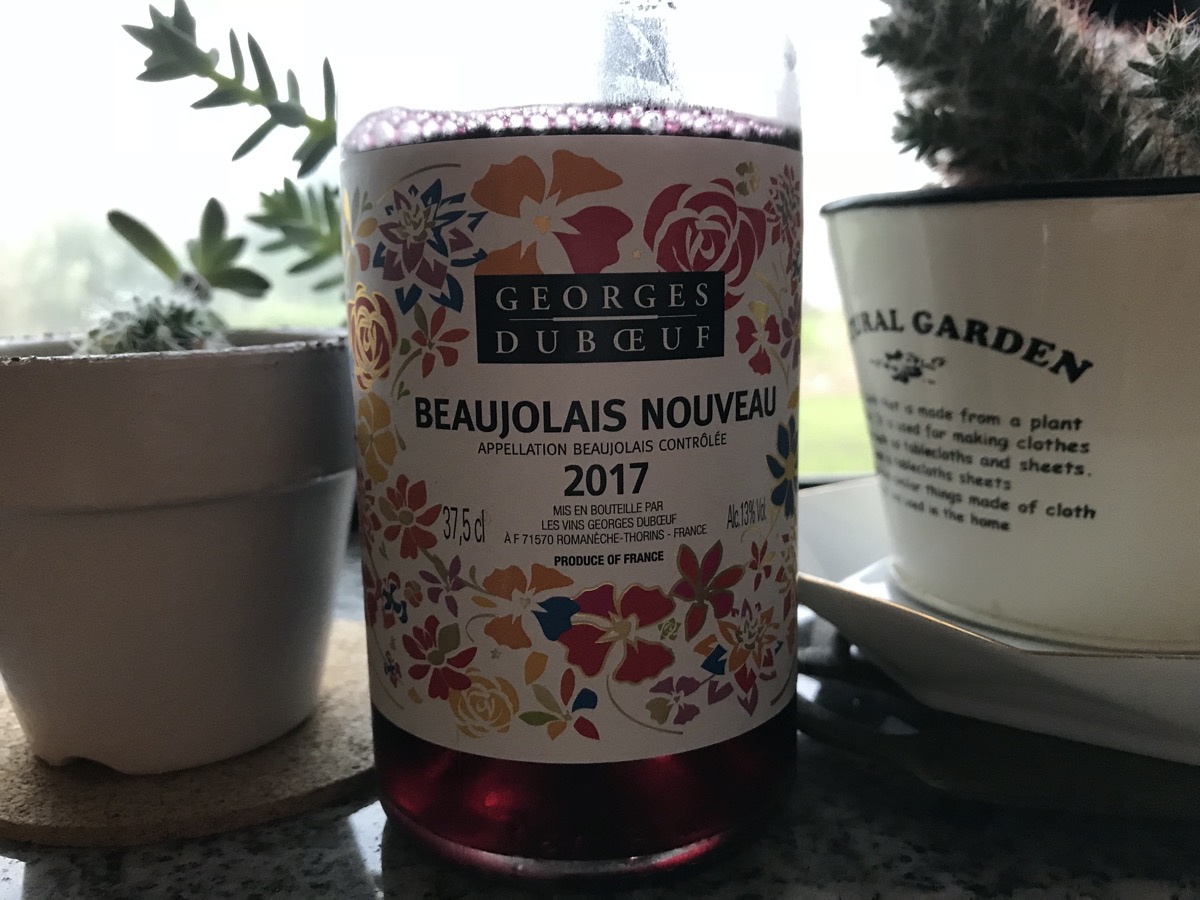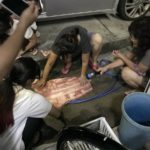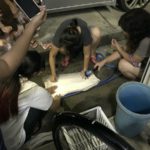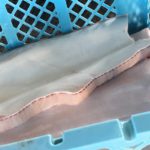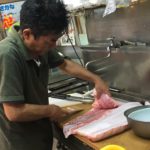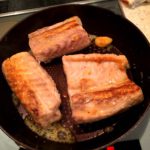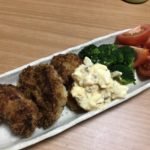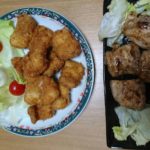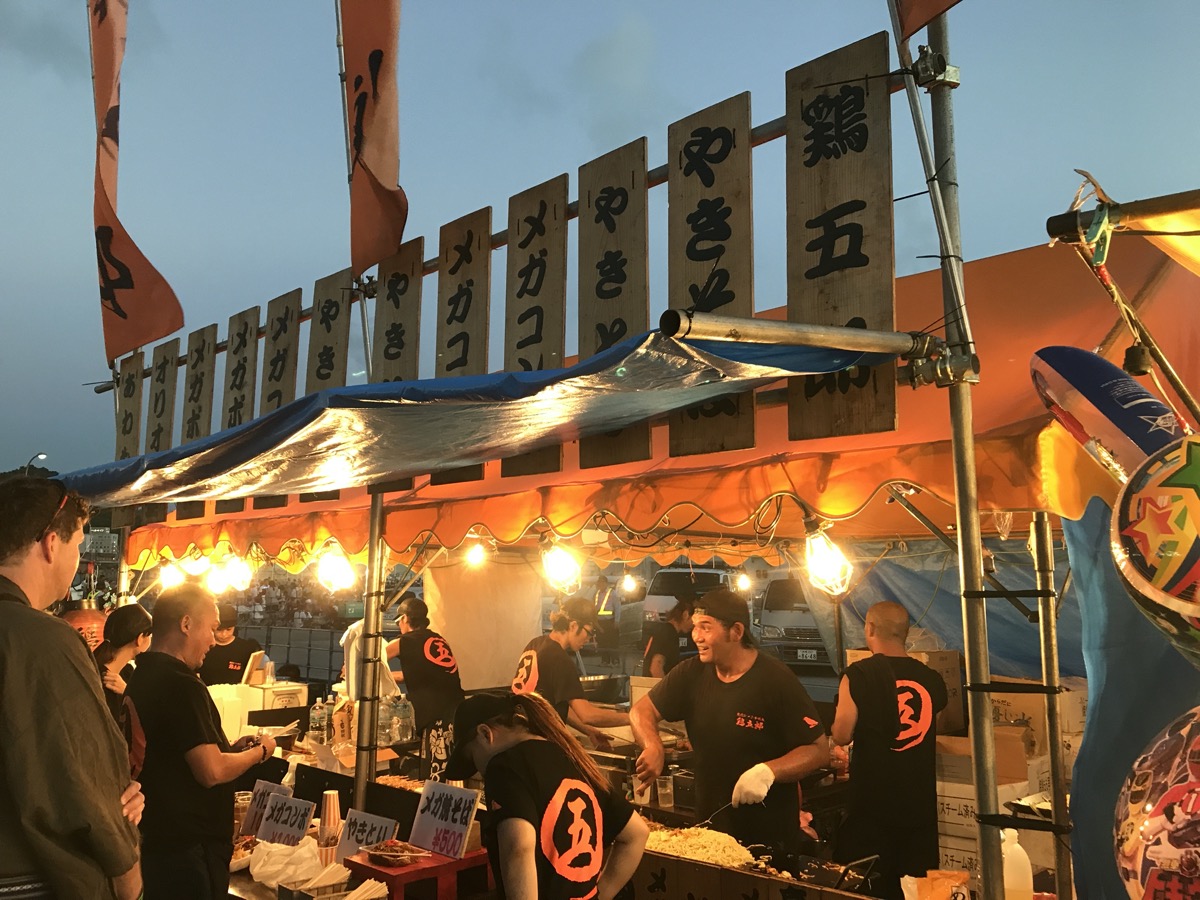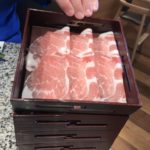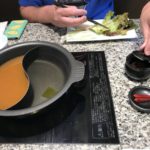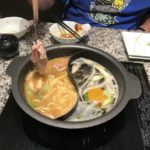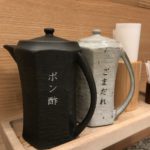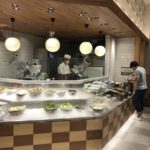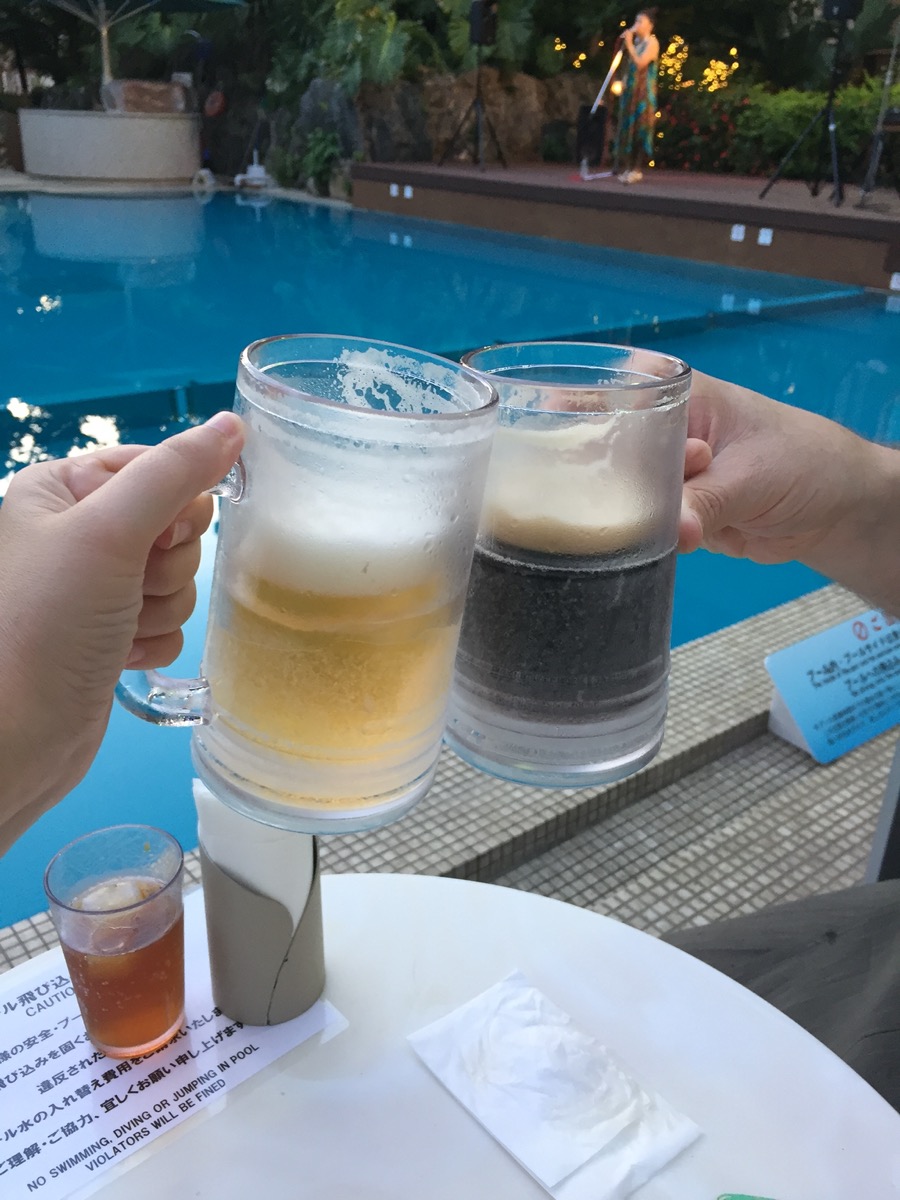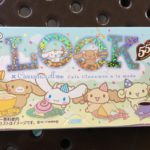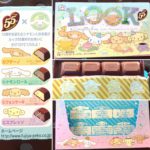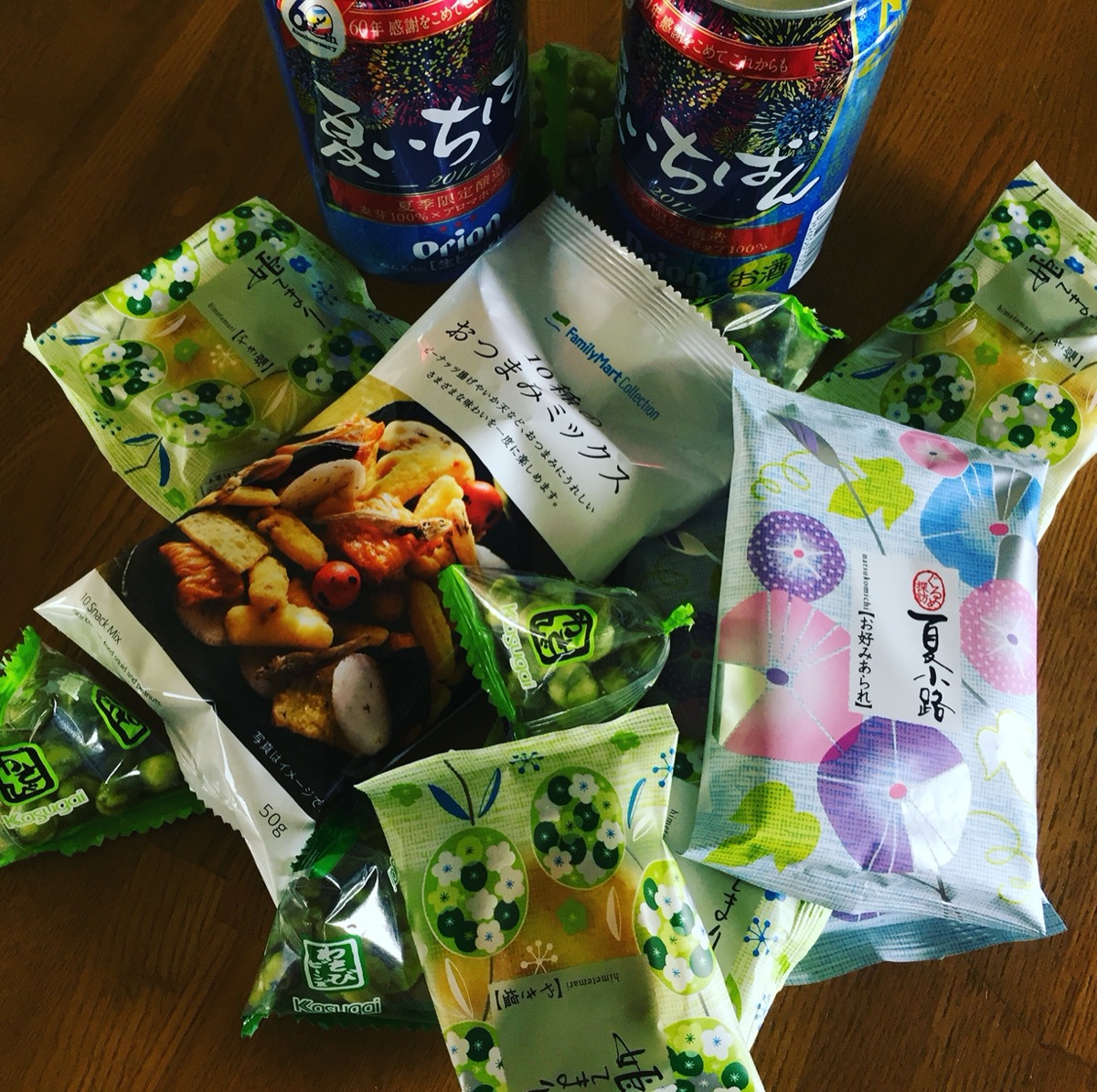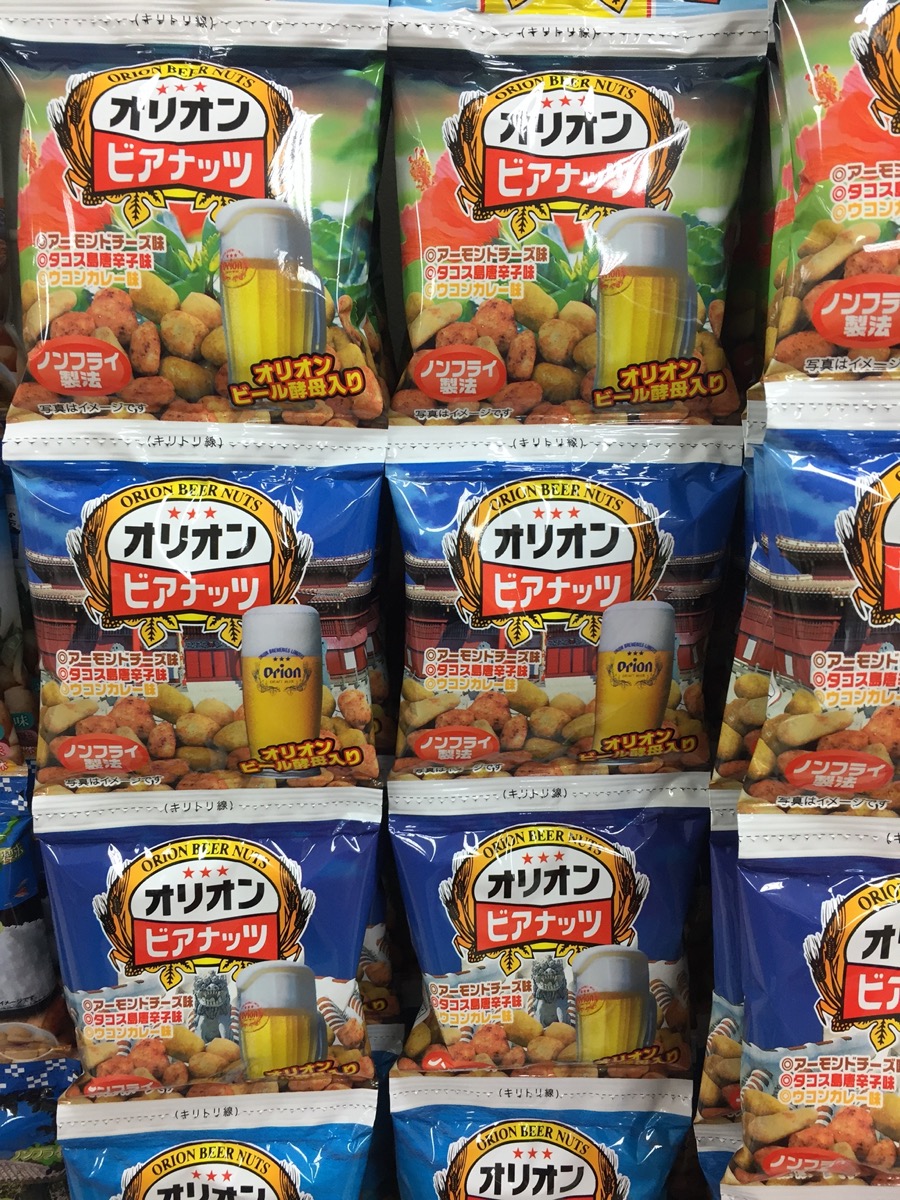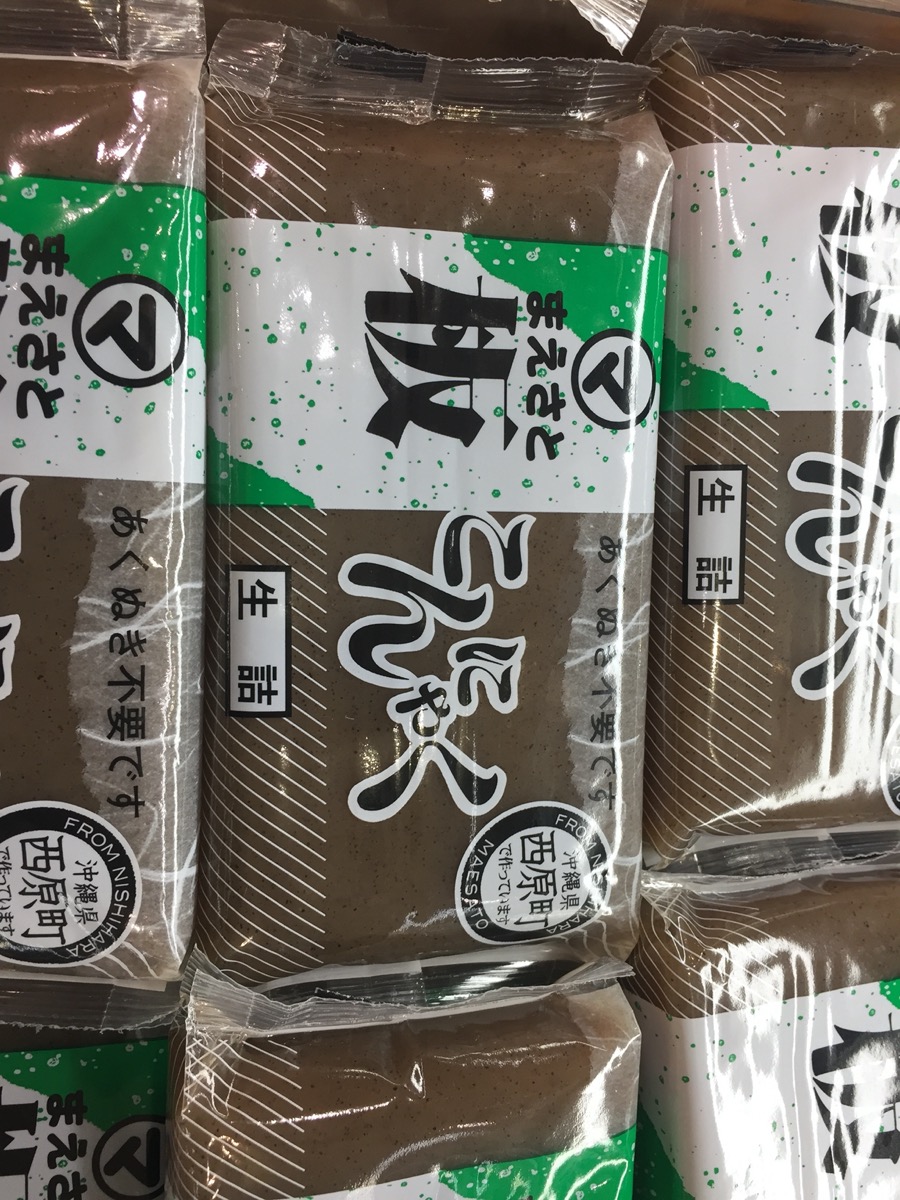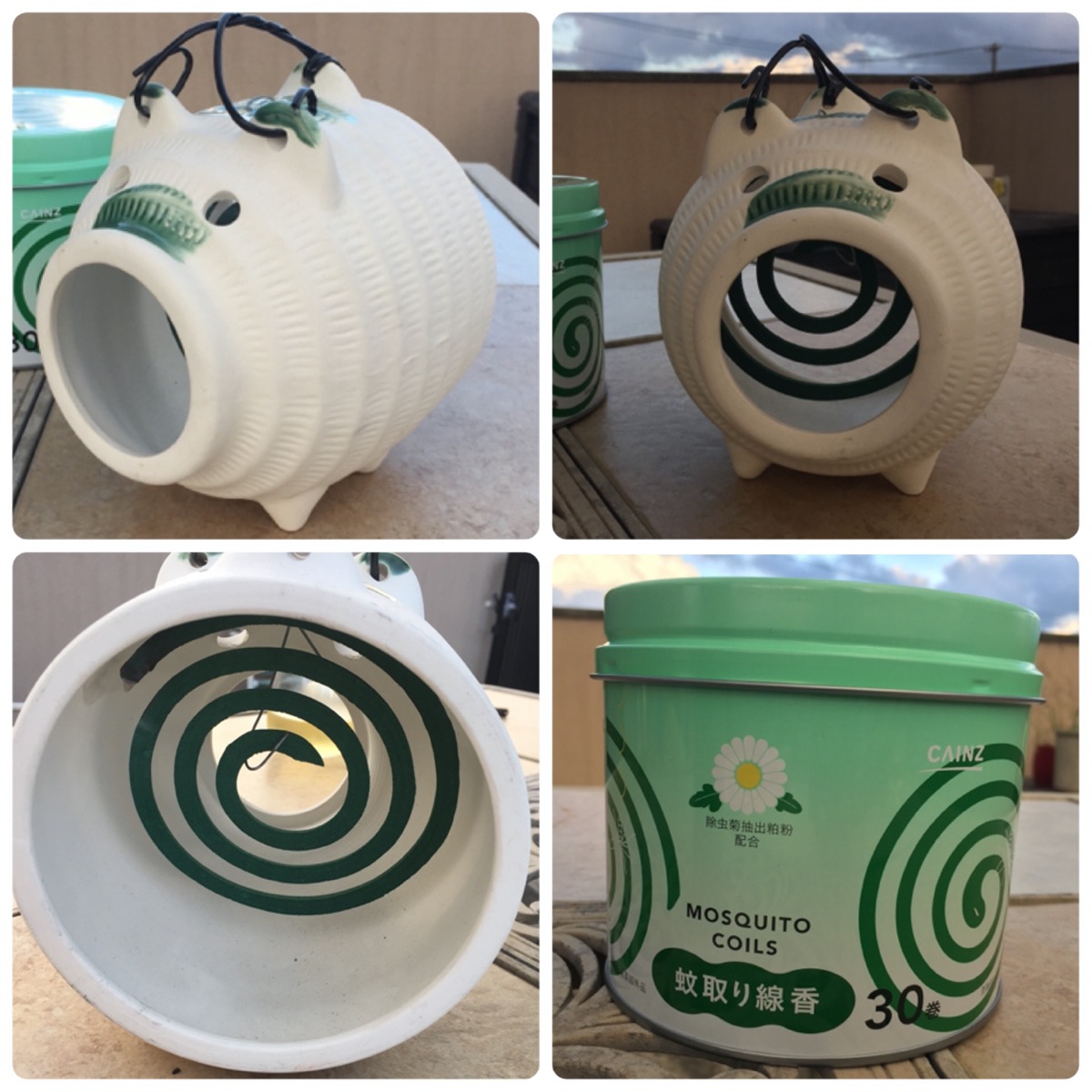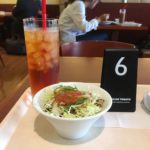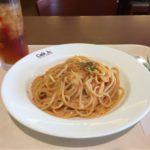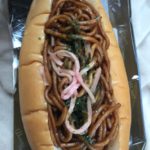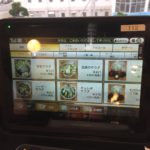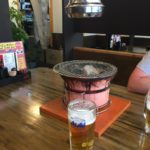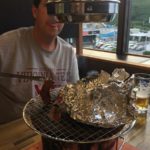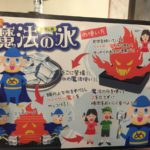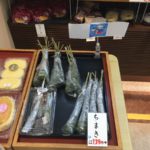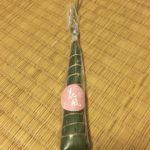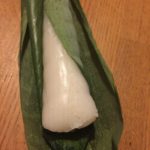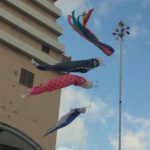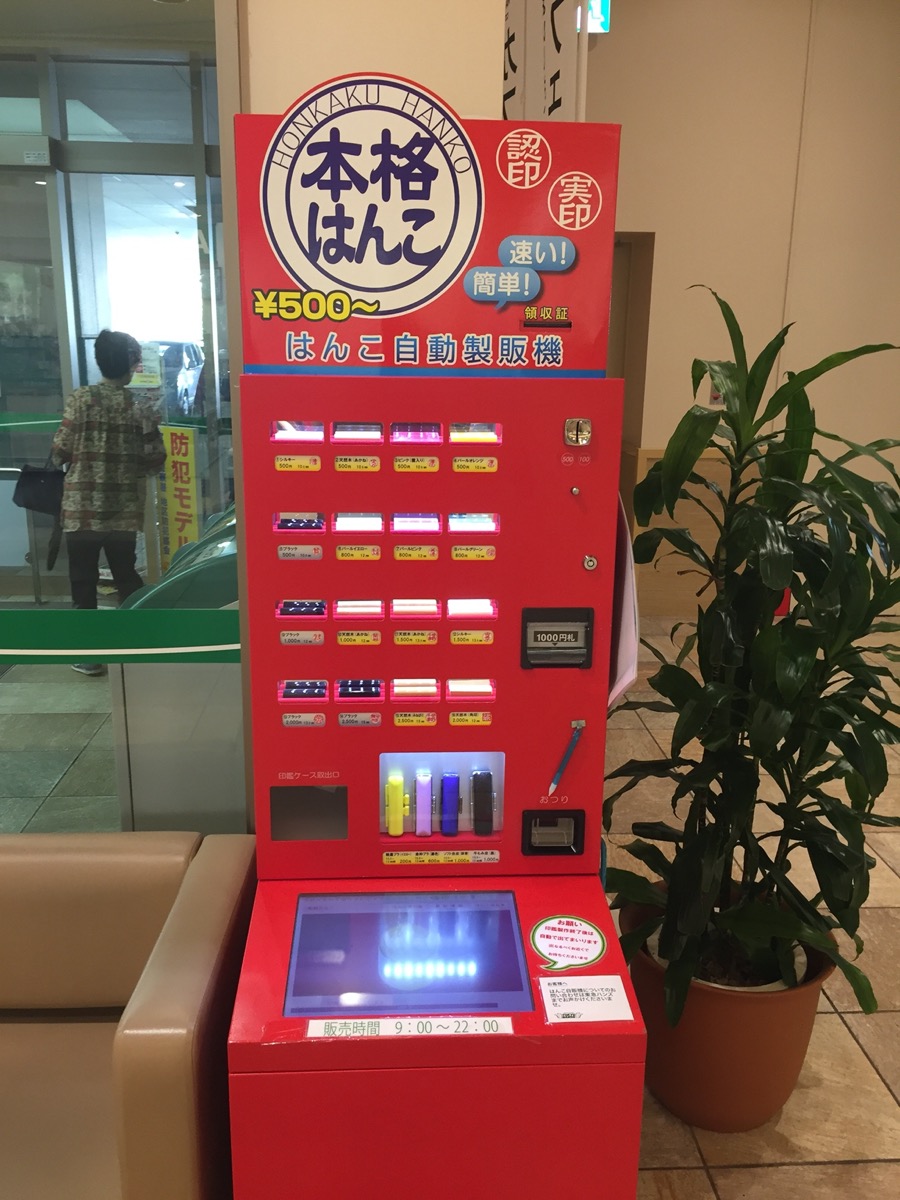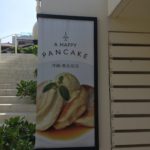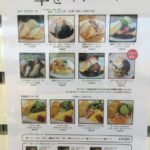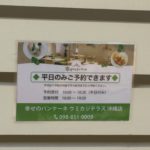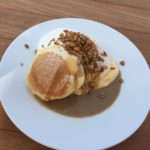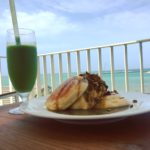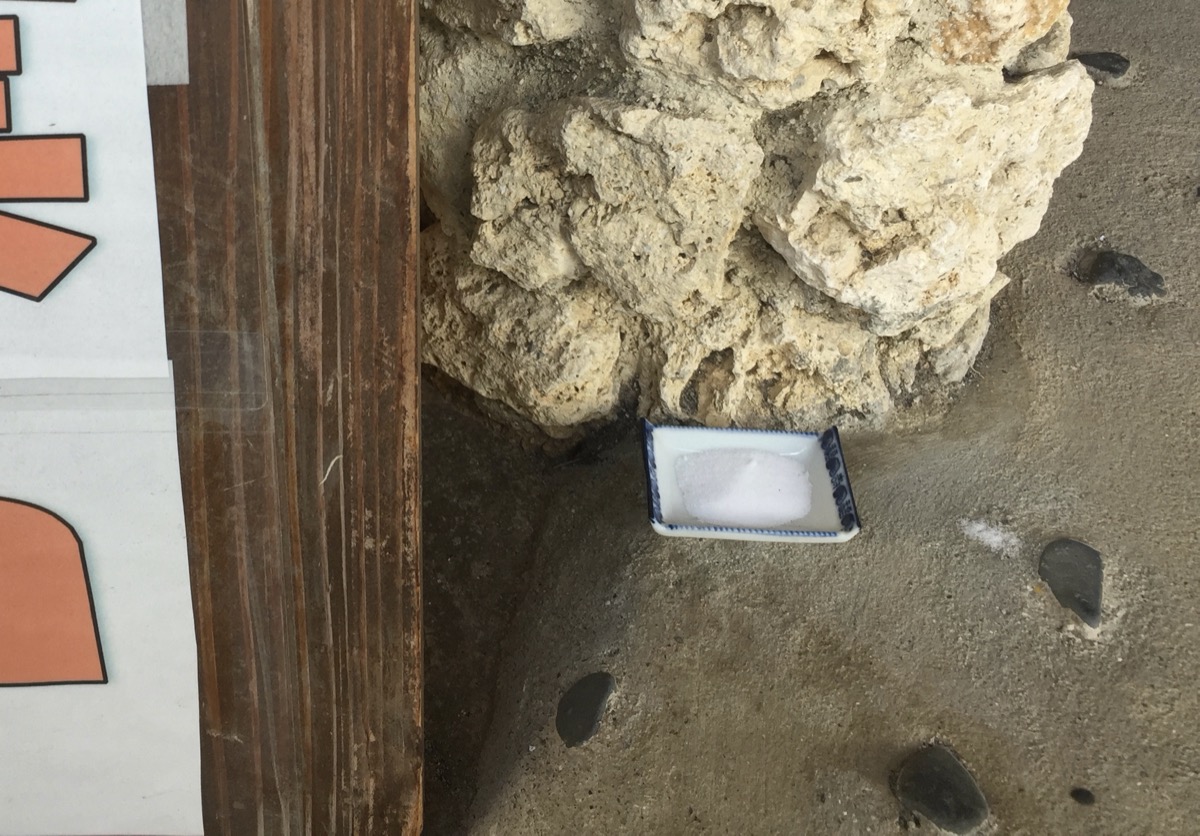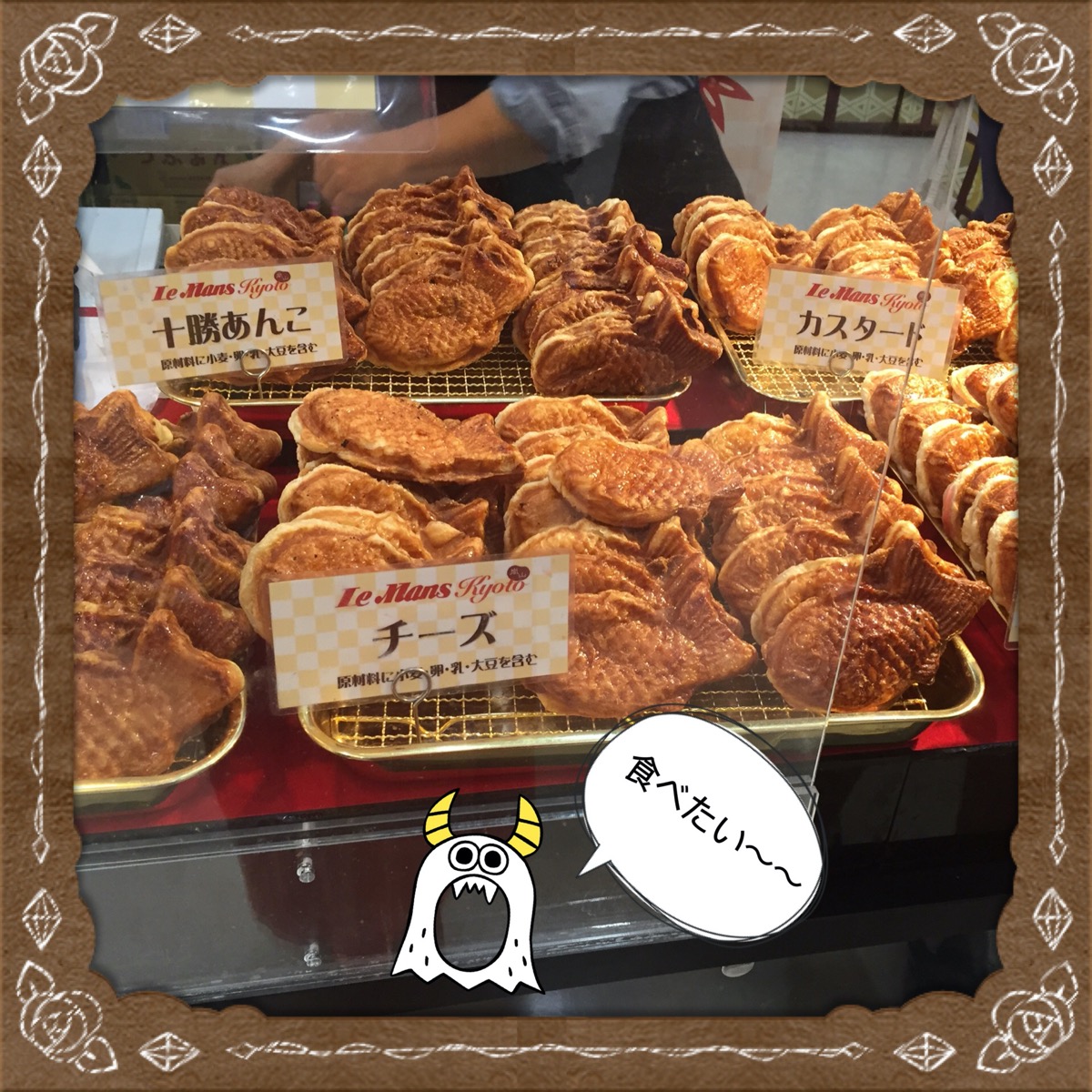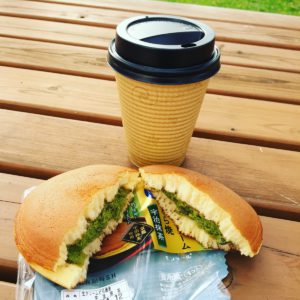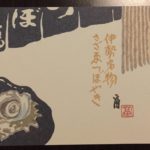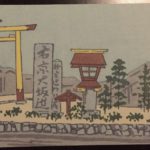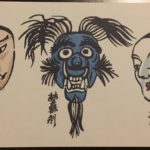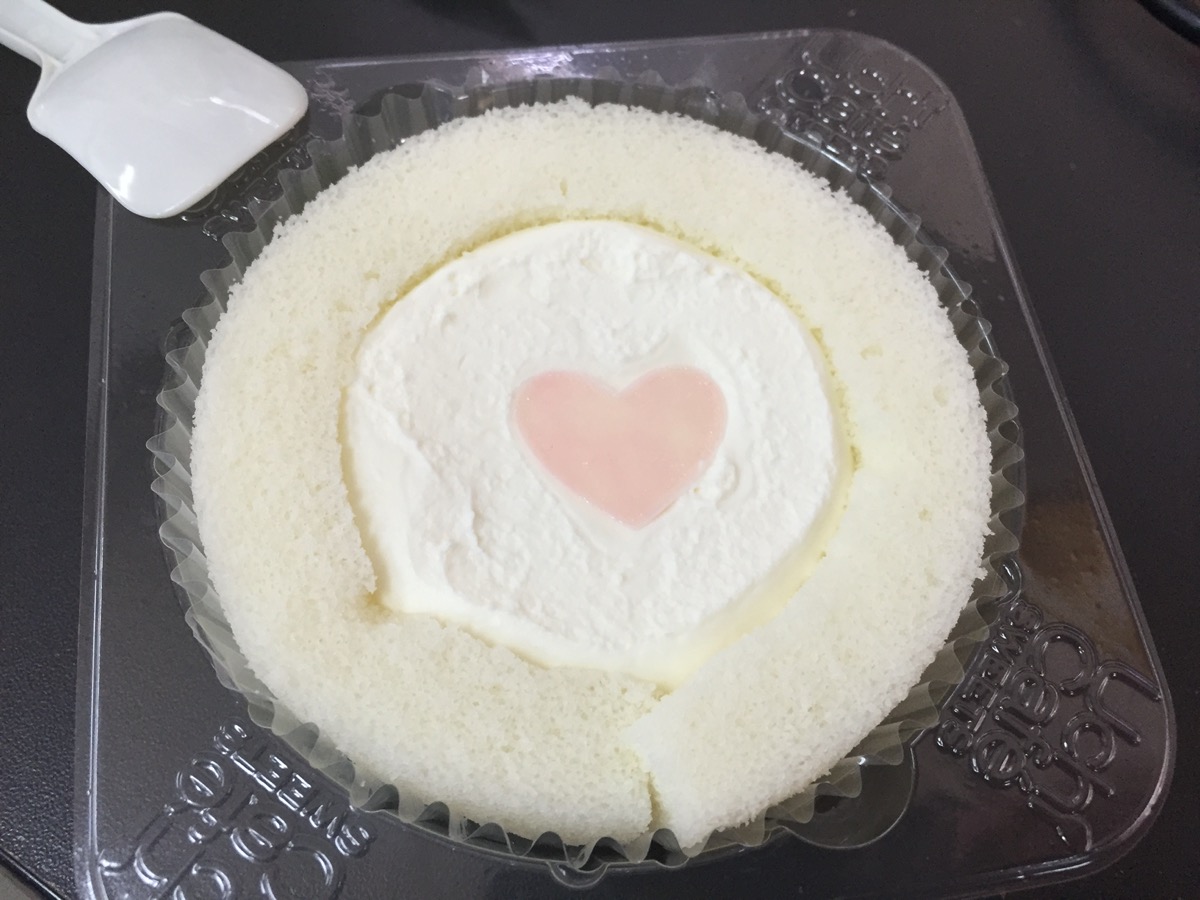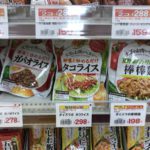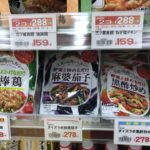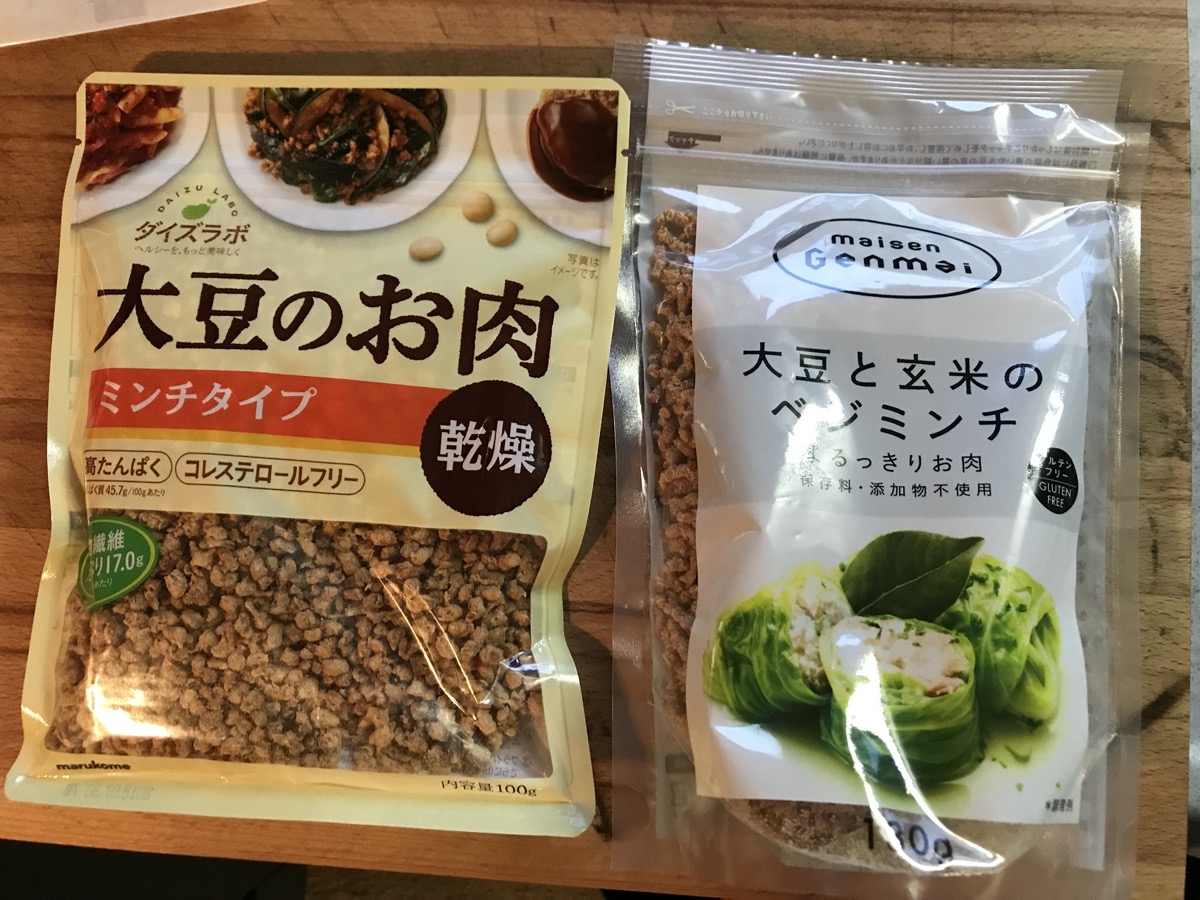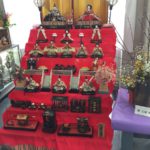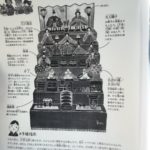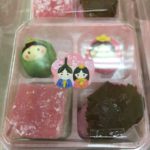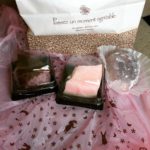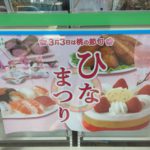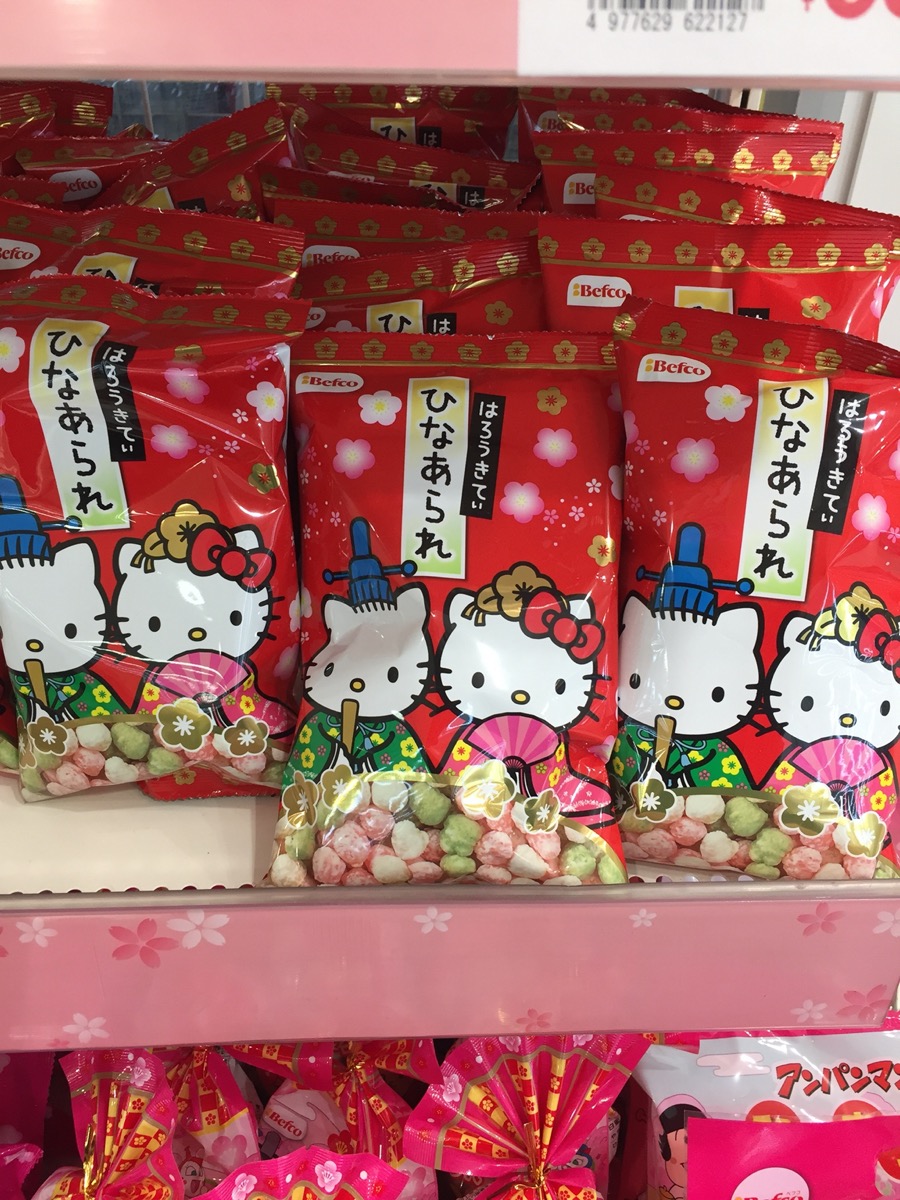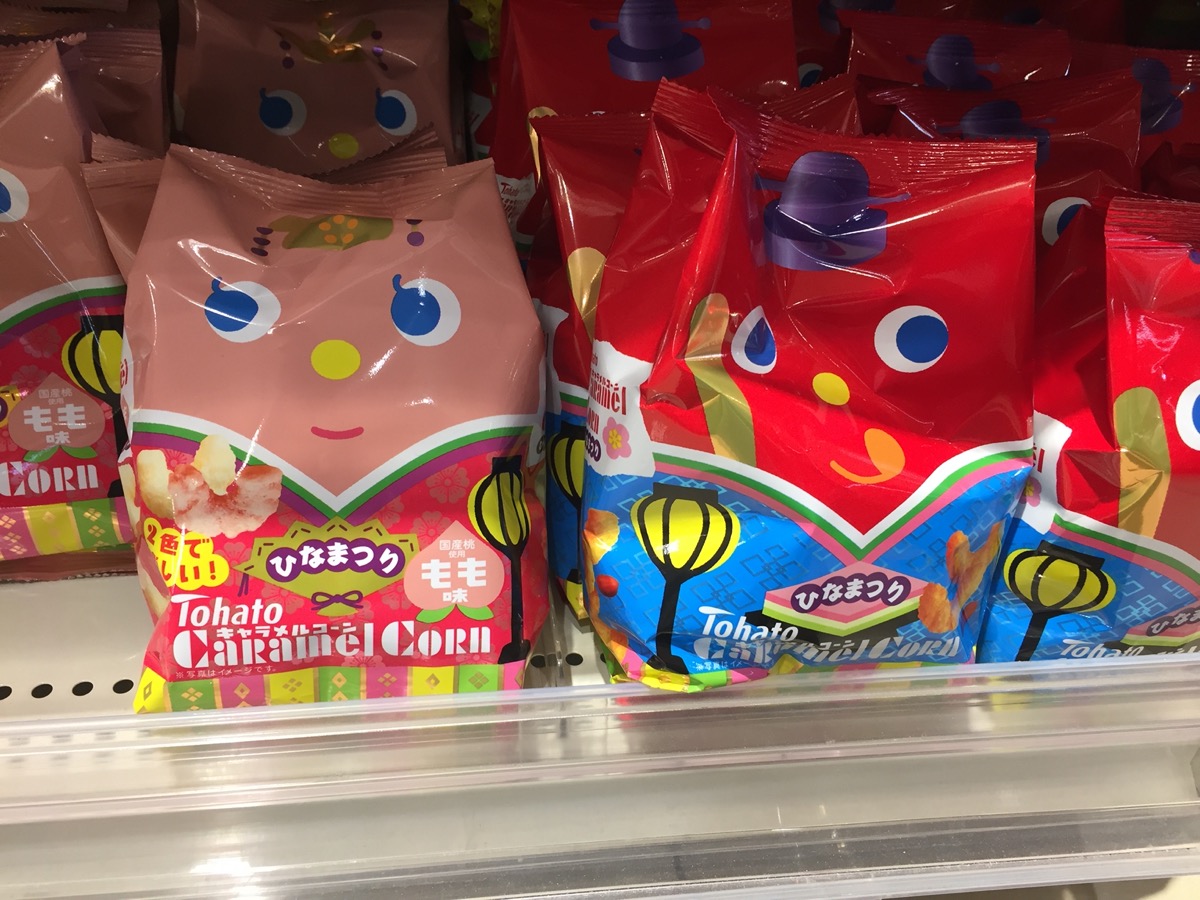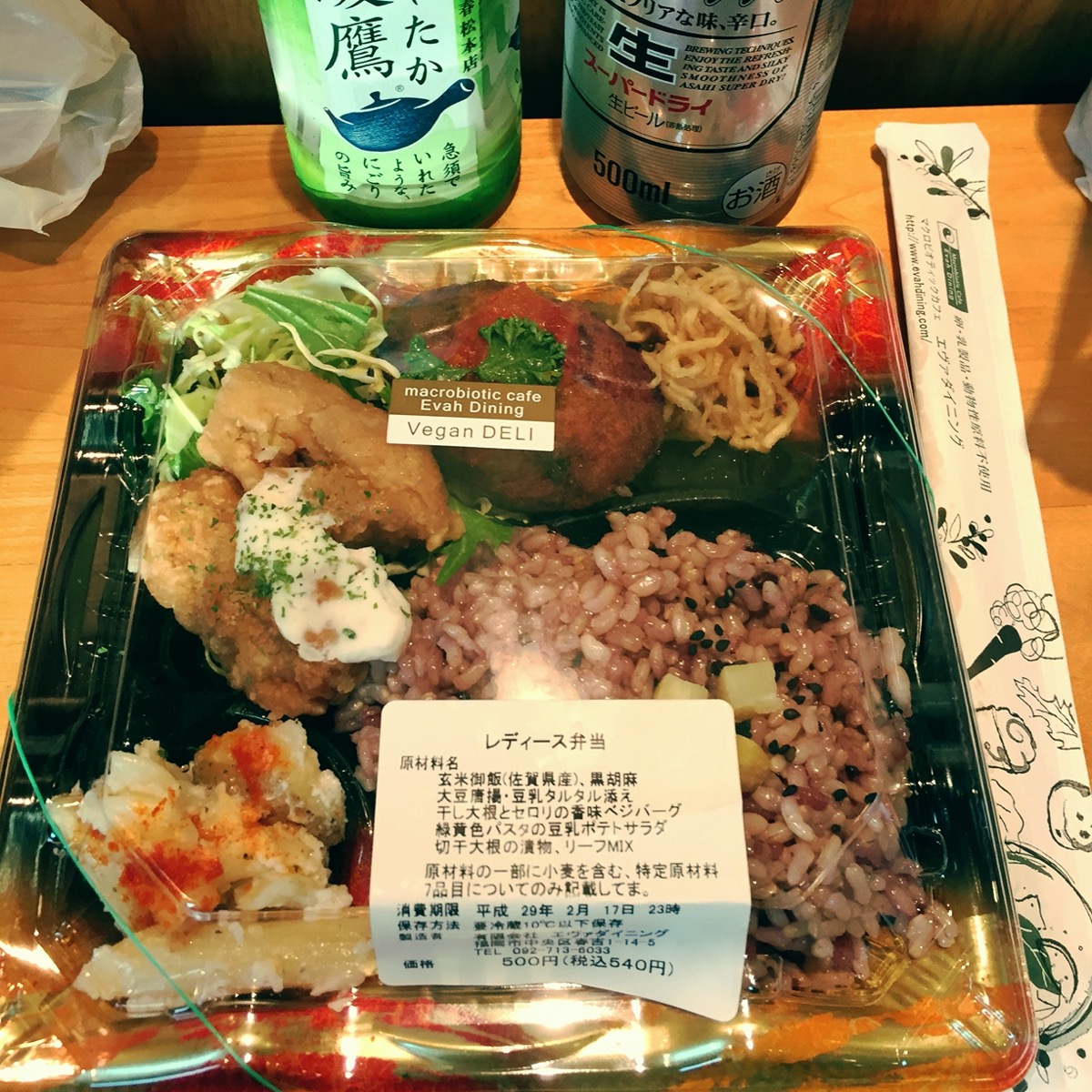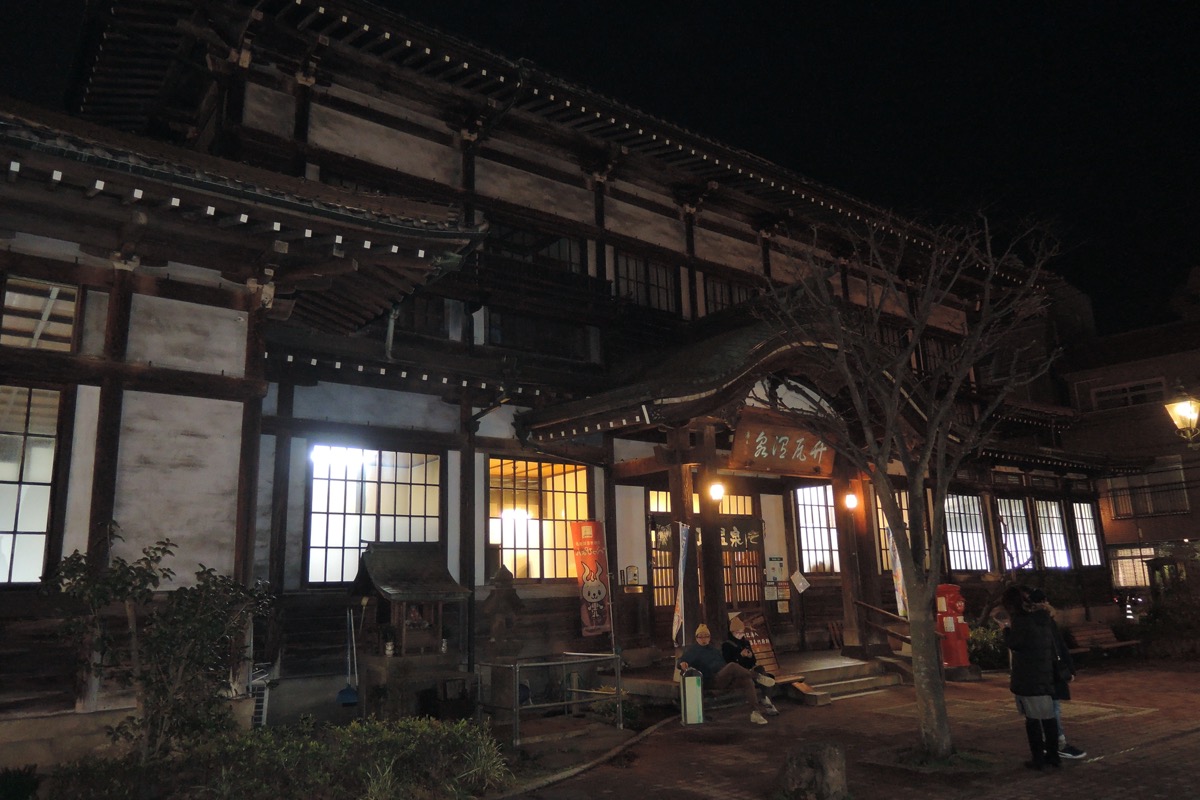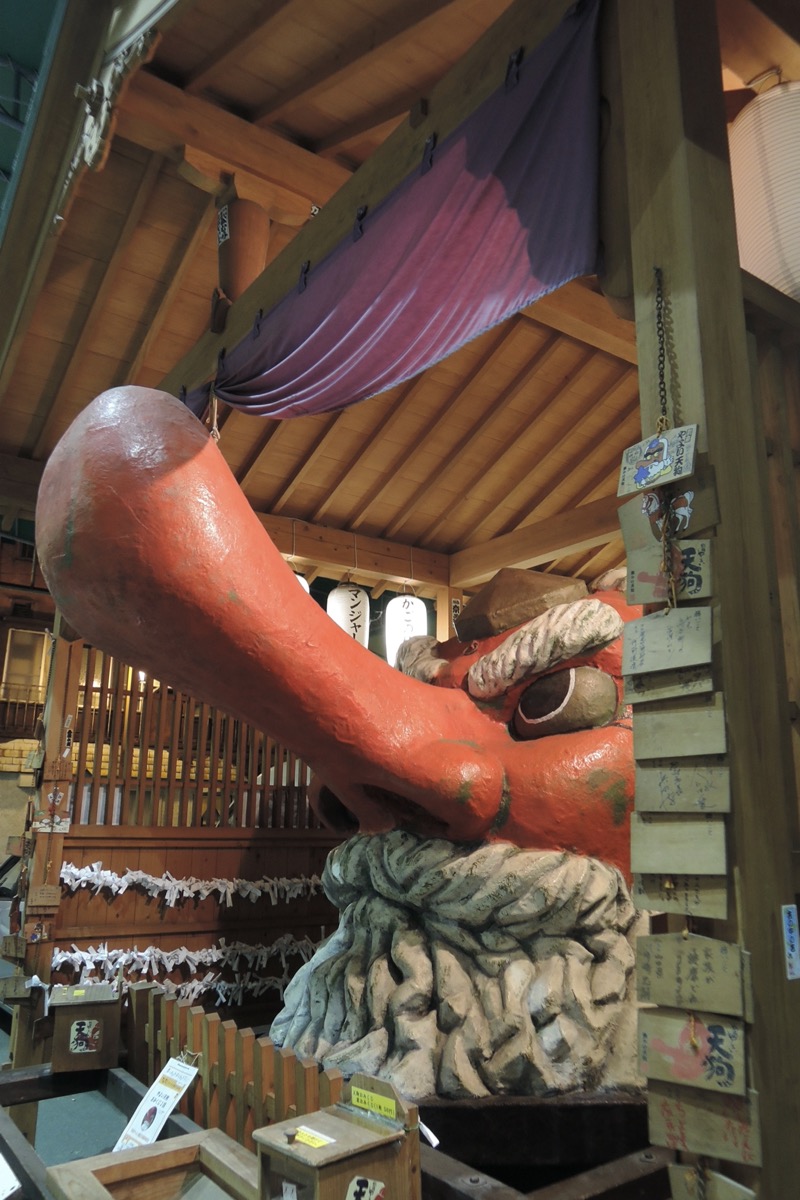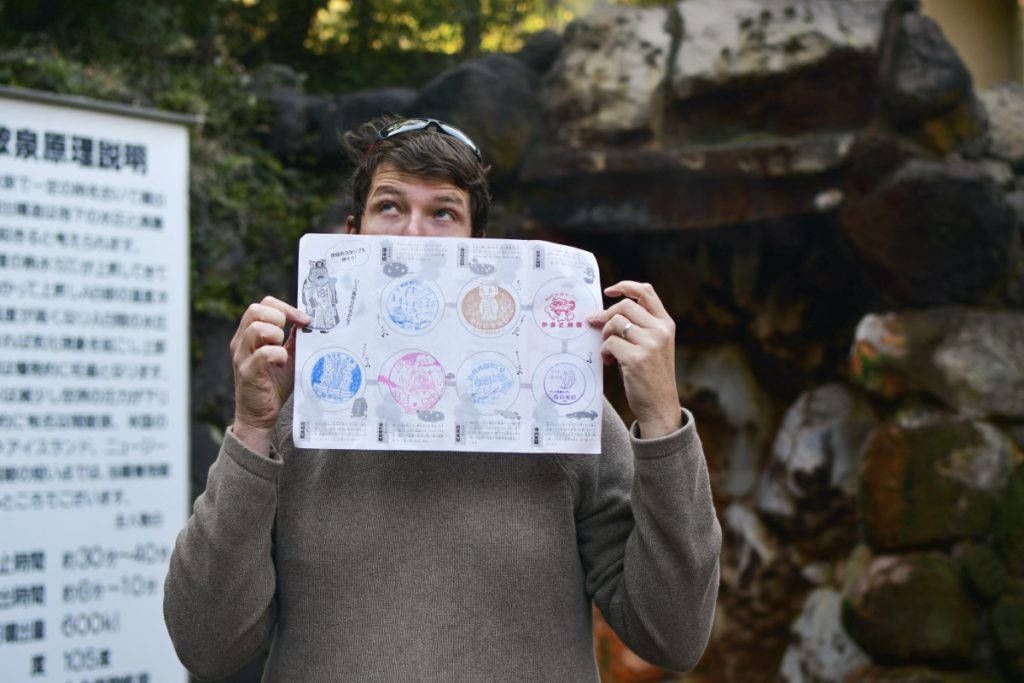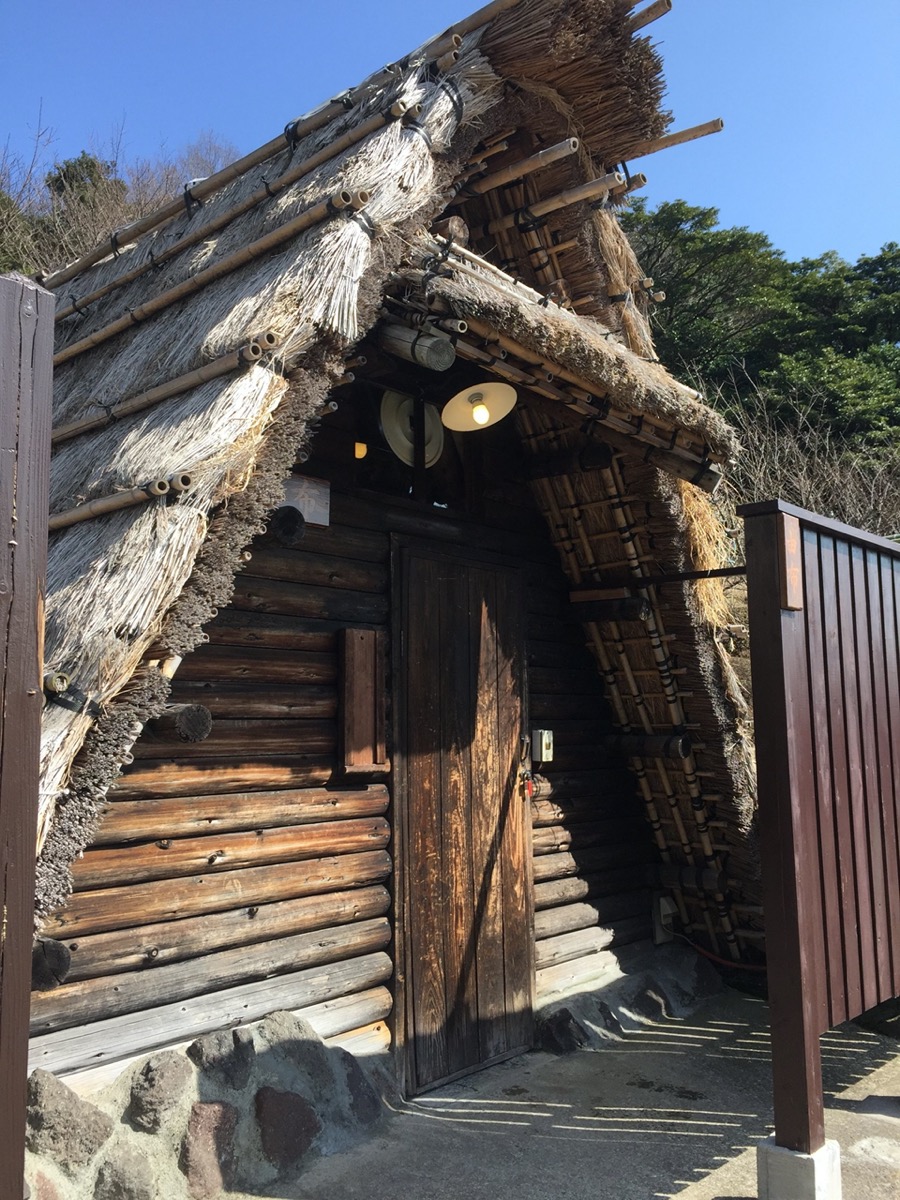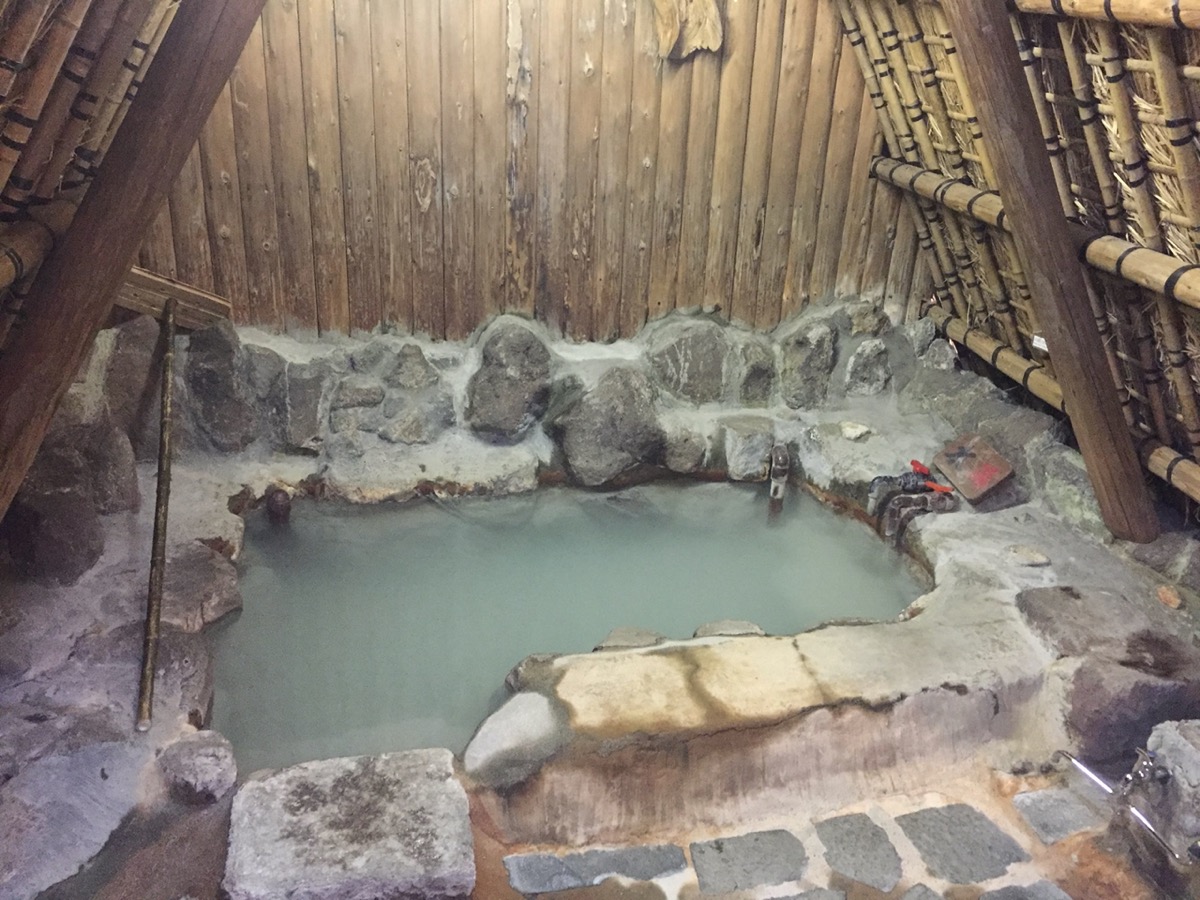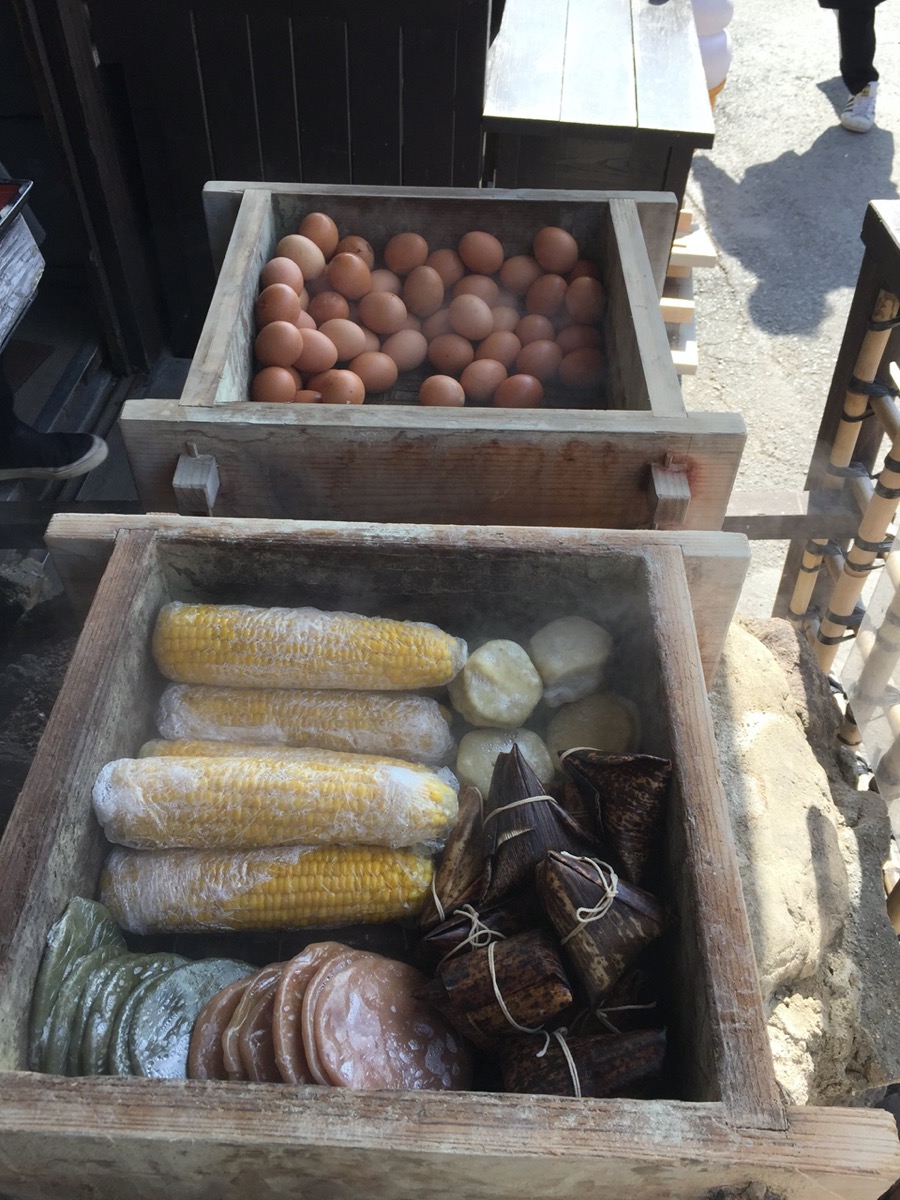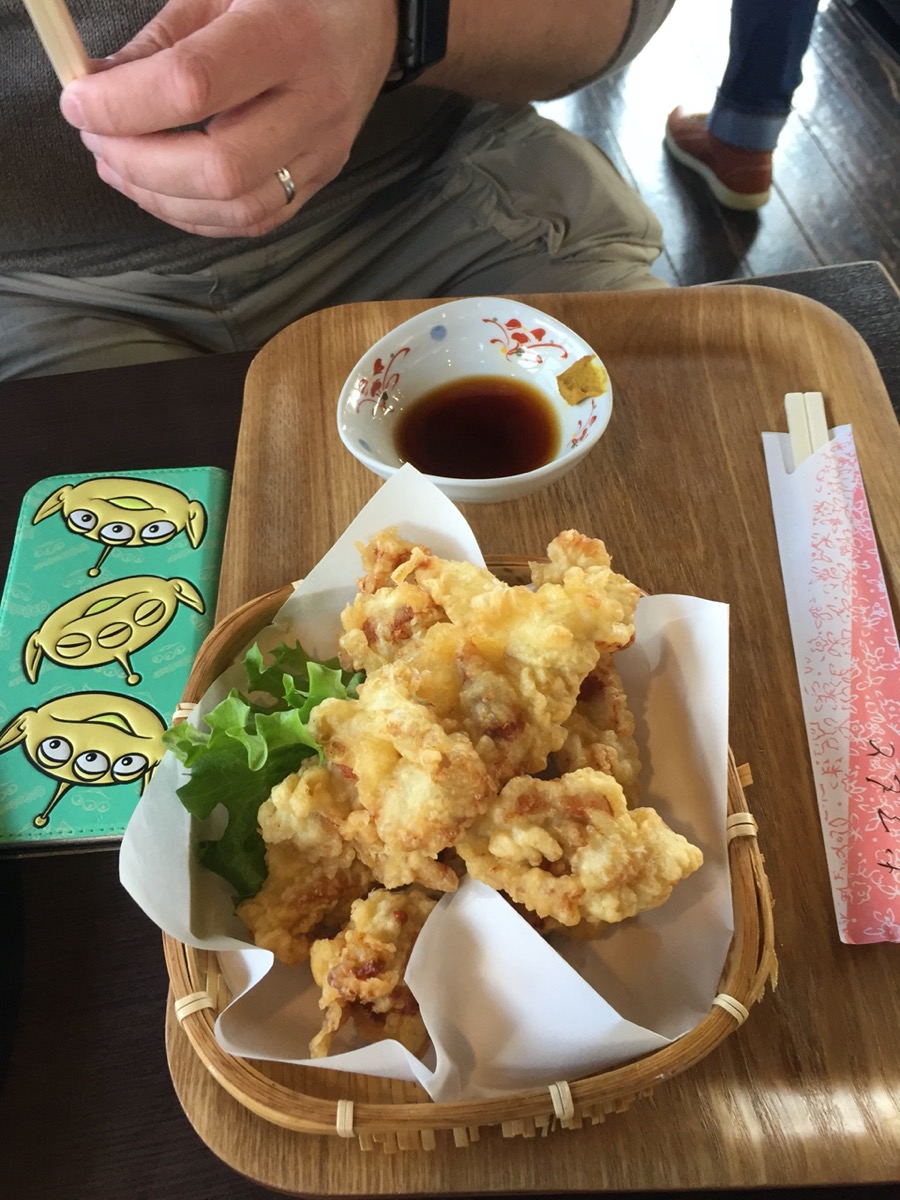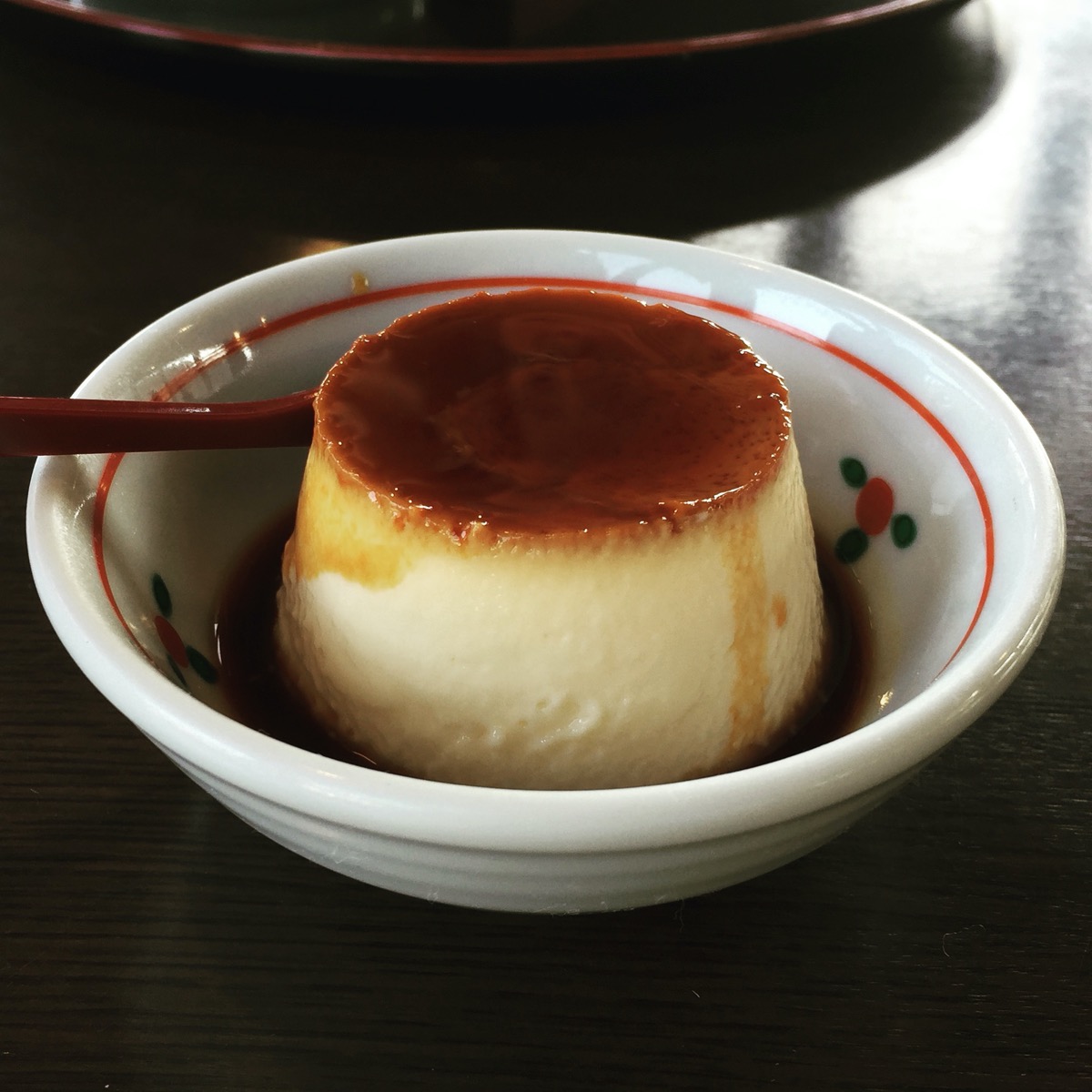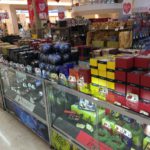osechi-ryouri 御節料理: New Year’s cuisine
Previously I posted some basic info about New Year’s celebrations in Okinawa. But this is all about the food, so let’s talk food.
The grocery aisles are lined with various important foods on display, many of which may not be too familiar to foreigners.
In this modern day you will see stores bustling with pre-orders, as not many people have so much time to prepare all these foods! Again, it usually falls on the wife of the oldest son to prepare these things, so as you can imagine ordering a platter with all the required items from a restaurant or grocery store is much easier than making everything yourself.
There are a some traditional foods necessary for Okinawan osechi-ryouri, and it is typically the same items you see in usanmi (feast boxes), so click on the post to learn a little more about these foods. Honestly in the stores, the fried foods and Okinawa hors d’oeuvres plates (オードブル) were flying off the shelves while the mainland-style foods were left somewhat untouched.
Some items in the aisles are traditional Japanese, while others are traditional Okinawan; here are a few of the things you may see: (I have more to add to this list, but here it is for now).
Oranges/mikan みかん (also called daidai 橙): you will see bags and bags of oranges for sale, these are an important symbol for New Year, meaning “generation to generation.” These are put on the altar, eaten, even attached to a shimenawa (rope wreath made from rice straw).
Beans 豆: I wrote a post on beans already… basically beans are good luck, ward of evil… all sorts of things really. Often the store sell different types of sweetened beans (particularly kuromame, black beans 黒豆), ready made in the refrigerator section for eating.
kuri kinton 栗きんとん: sweet chestnut mash with sweet potato. It symbolizes fortune and wealth.
kamaboko (fishcake) かまぼこ: usually seen in kouhaku 紅白 (red/pink and white colors), as well as fancy designs, or even shaped like Mt Fuji. Traditionally, slices of kamaboko are in rows or arranged in a pattern. The color and shape are reminiscent of Japan rising sun, and have a celebratory, festive meaning.
konbu 昆布: a kind of seaweed, usually tied in knots. It is associated with the word yorokobu, meaning “joy.”
datemaki (伊達巻): cooked sweet egg and hanpen (fishcake) rolled into an omelet; it has a ribbed outer surface like the sun. In Okinawa, something called castella kamaboko カステラかまぼこ, fishcake “cake” is also very popular. It is similar to “datemaki,” though datemaki is usually a more rolled shape where you can see layers. This is yellow with minced fish and eggs, resembling more of a castella sponge cake.
sardines/tazukuri (田作り): dried sardines cooked in shoyu; the fish were used historically to fertilize rice fields. It symbolizes an abundant harvest.
ebi 海老 (shrimp): hunched like an elder, so it represents a long life.
mochi/wagashi sweets: often you will see sweets in fortuitous shapes or in the shape of the upcoming year’s zodiac.
Another “favorite” here in Okinawa is nakamijiru 中身汁, intestines soup (pork). This is a very traditional dish for Okinawan people, but younger generations are (for perhaps obvious reasons) less inclined to eat it these days. Bags of pre-made soup (just heat and serve) and large bags of “chitlins” (pieces of intestines, pardon the American slang) are easily found in the center aisles of the store this time of year.
As mentioned before about toshikoshi soba 年越しそば (year-end soba, or year-crossing soba), buckwheat noodles are not very common in Okinawa. Rather, many people may eat Okinawa soba instead. So you may also see many rows of Okinawa soba noodles, broth, and pork prominently displayed in aisles under New Year signs.
